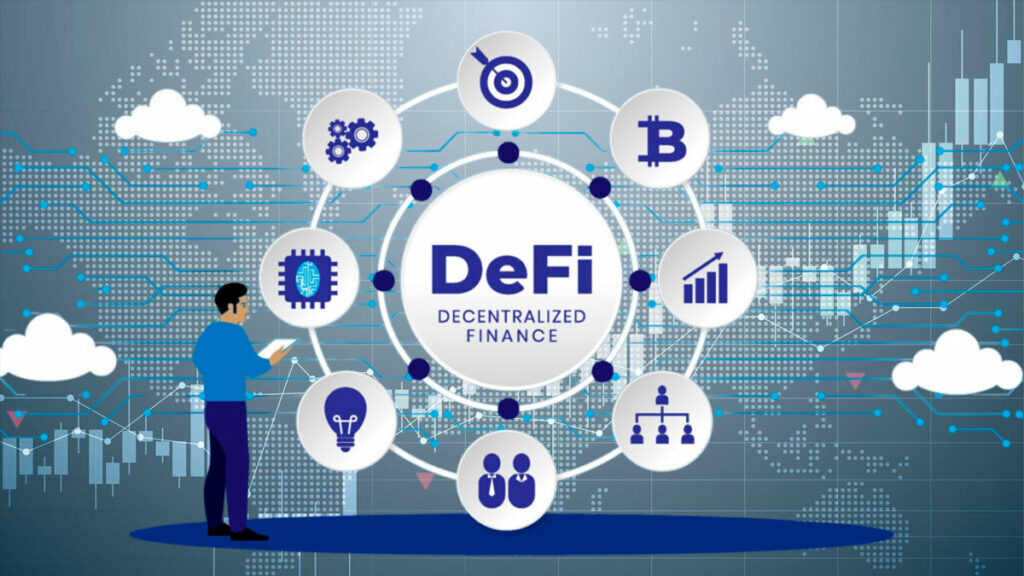TL;DR
- DeFi lending soars: Post-2022, decentralized finance has surged nearly 959%—hitting about $19.1 billion in open borrows—proving its resilience amid market turbulence.
- CeFi struggles to rebound: Centralized platforms face a tough climb back, with only a 73% recovery from bear market lows and lingering trust issues from past collapses.
- Market shift ahead: As traditional CeFi falters, innovation in permissionless, decentralized systems drives the crypto lending landscape, prompting a fundamental industry rebalancing.
The crypto-lending market is undergoing a dramatic transformation following the 2022 meltdown that rocked CeFi. In the wake of the collapse of major platforms, investors have witnessed an unprecedented surge in DeFi lending. While CeFi platforms continue to struggle, DeFi lending has exploded—rising nearly 959% from late 2022 lows to reach $19.1 billion in open borrows by Q4 2024.
DeFi’s Explosive Recovery
DeFi lending has emerged as the standout success story in the post-meltdown landscape. Unlike their centralized counterparts, Decentralized finance platforms thrive on permissionless, decentralized operations that allow them to remain present even when traditional players falter.
Iconic platforms like Aave and Compound have led the charge, capitalizing on strong risk management and resilient protocols that defied market pressures. This explosive recovery is transforming Decentralized finances into the market’s driving force, as lending apps spanning 20 applications and 12 blockchains continue to attract sharper interest from both investors and borrowers.

CeFi’s Struggle to Remain Relevant
In contrast, CeFi lending is fighting an uphill battle to regain its former prominence. Although there has been a modest rebound—a 73% increase from the lowest point during the bear market—the sector remains significantly below its 2022 peak. The downfall of titans such as Celsius, BlockFi, and Genesis severely weakened consumer trust, leading to a dramatic reduction in the overall lending market.
Today, the limited recovery is characterized by consolidation, with giants like Tether, Galaxy, and Ledn controlling a major share of the remaining CeFi lending volume. Regulatory challenges and reluctance to offer competitive yield products, especially to U.S. clients, further complicate CeFi’s bid for a resurgence.
Looking Ahead in Crypto Lending
The stark contrast between DeFi and CeFi signals a fundamental shift in the crypto-lending arena. The overall market, which has shrunk by over 43% from its 2021 peak, now hinges on the robust performance of decentralized protocols.
As industry players brace for potential regulatory tightening and a reassessment of risk management practices, the future landscape of crypto lending appears to be defined by innovation in DeFi. Investors and analysts alike are closely watching as CeFi attempts to adapt while DeFi continues to forge new paths in digital finance.










